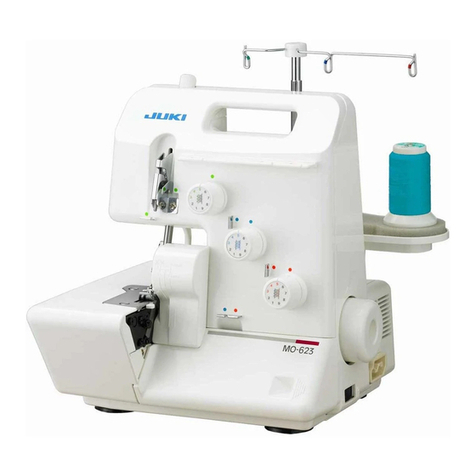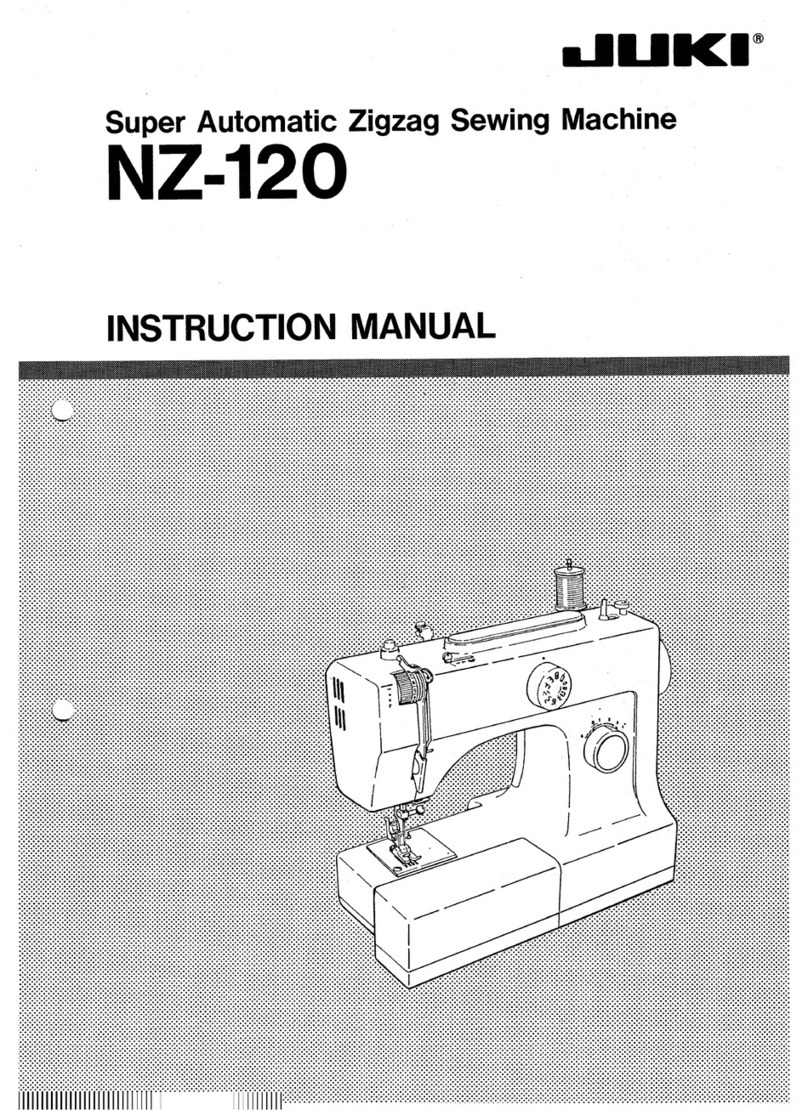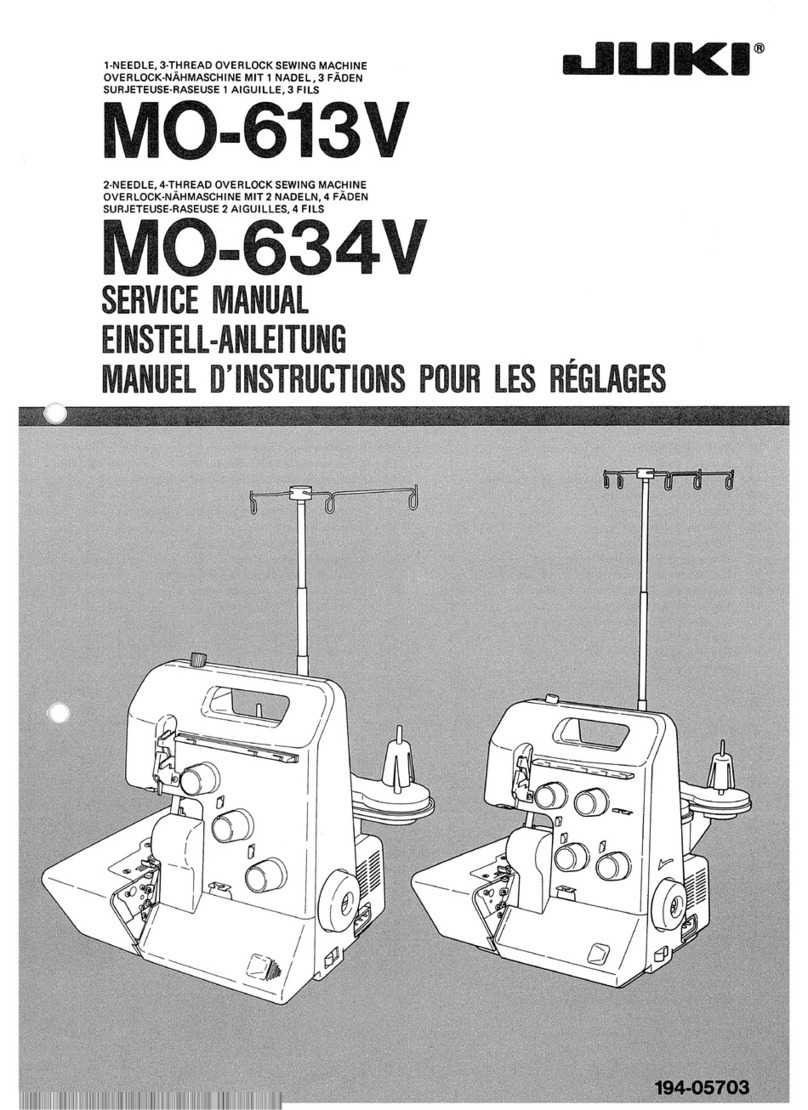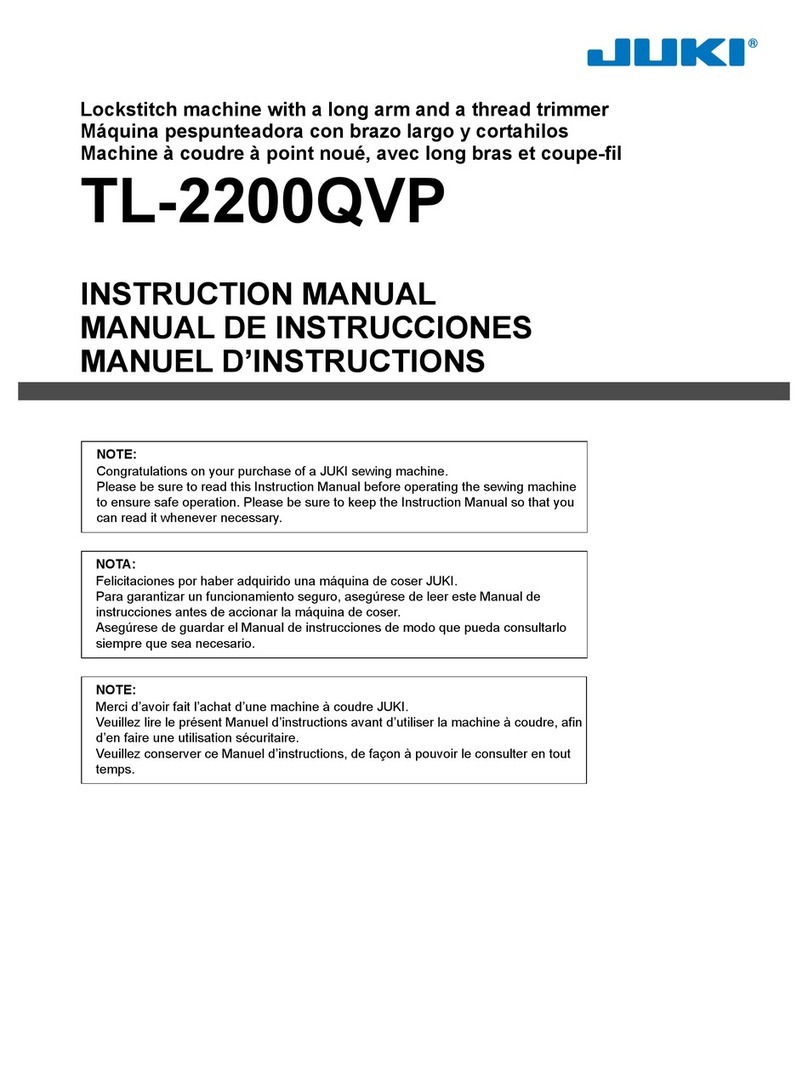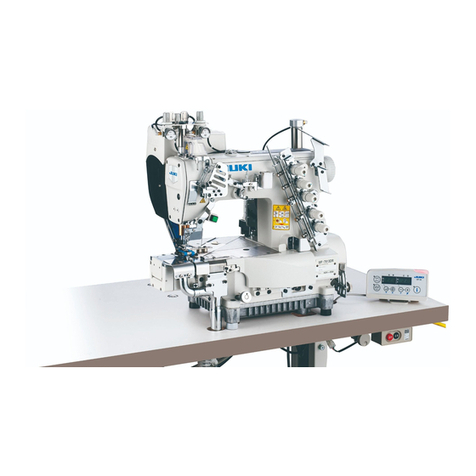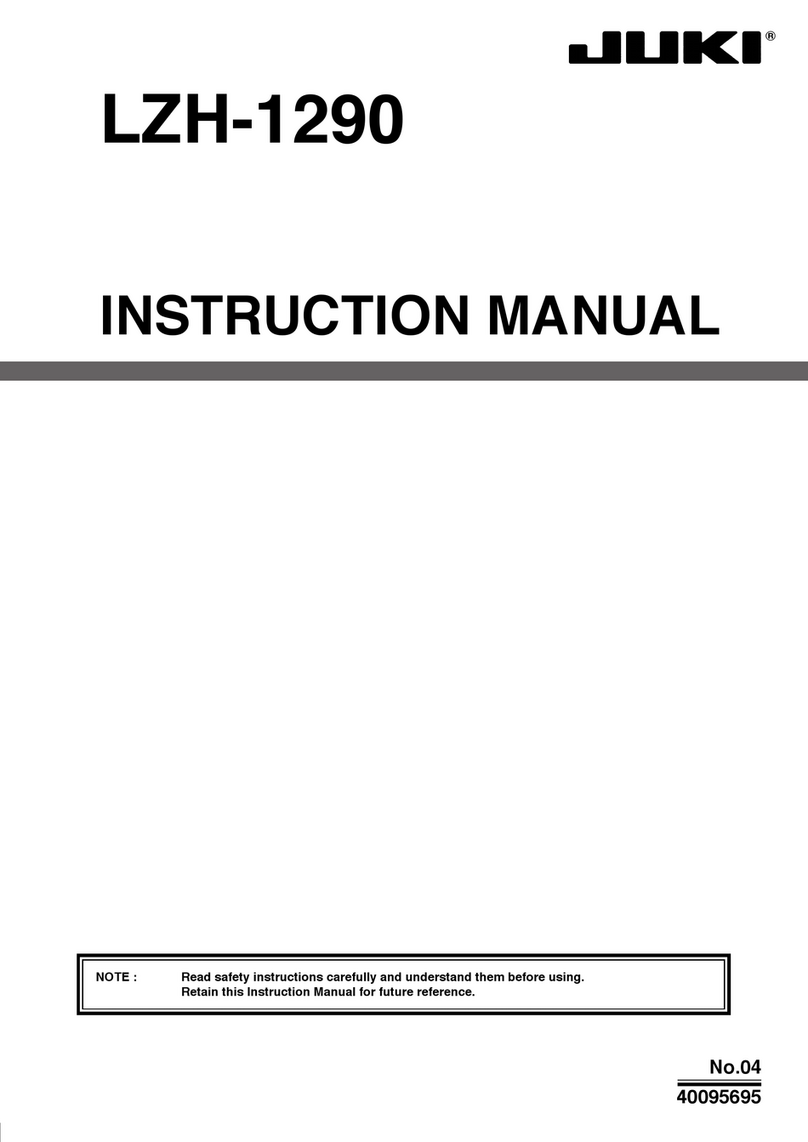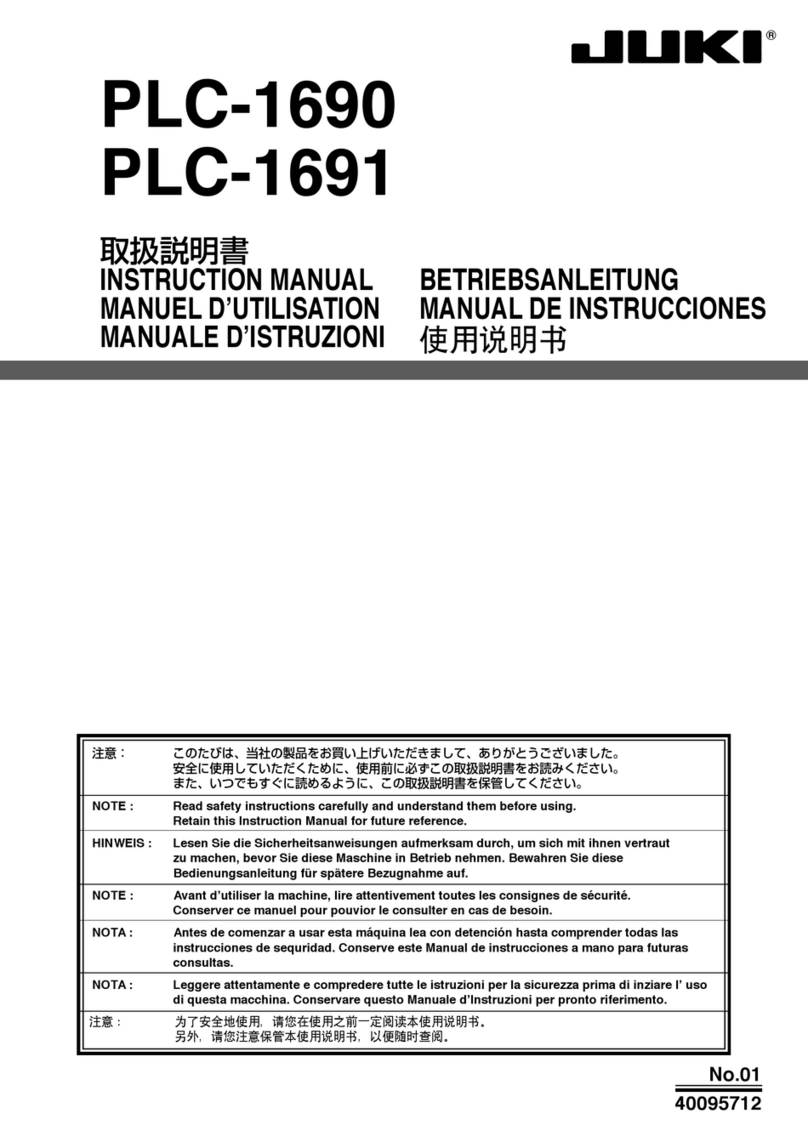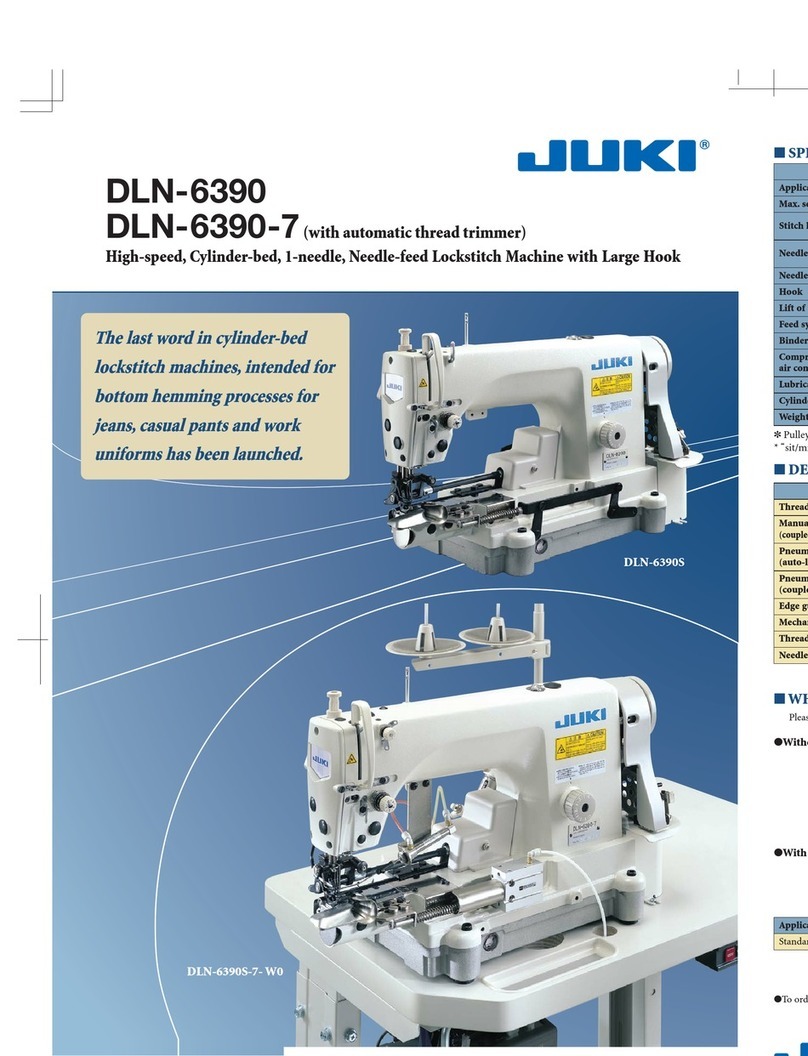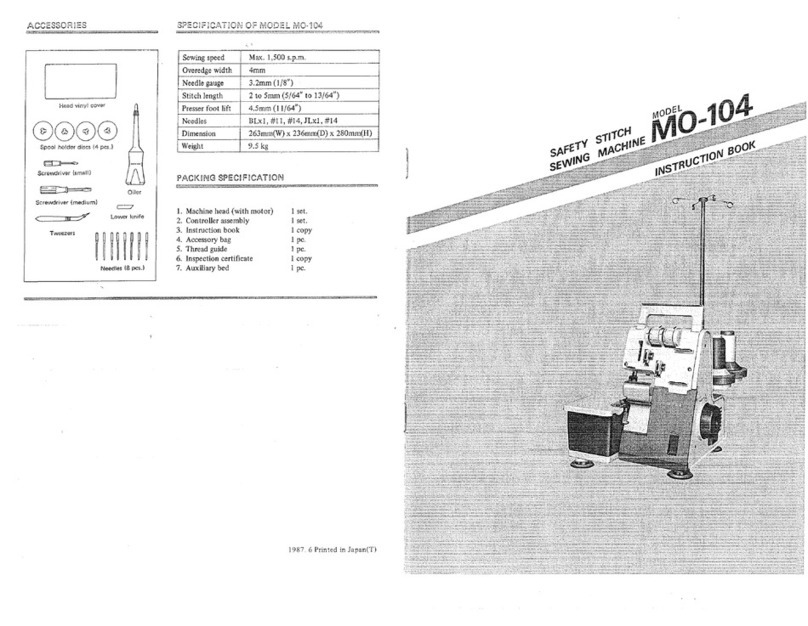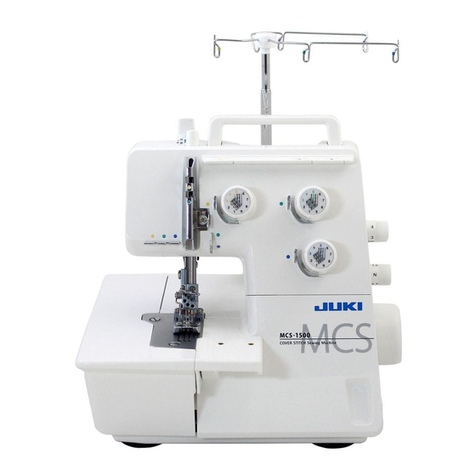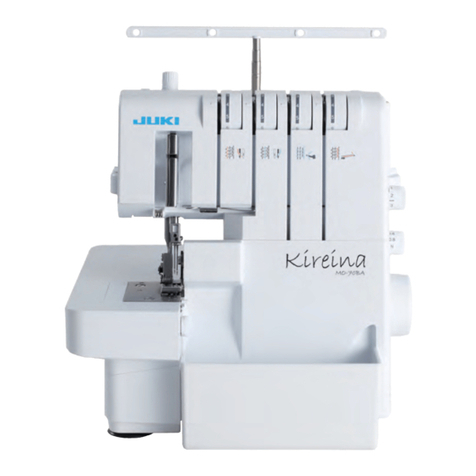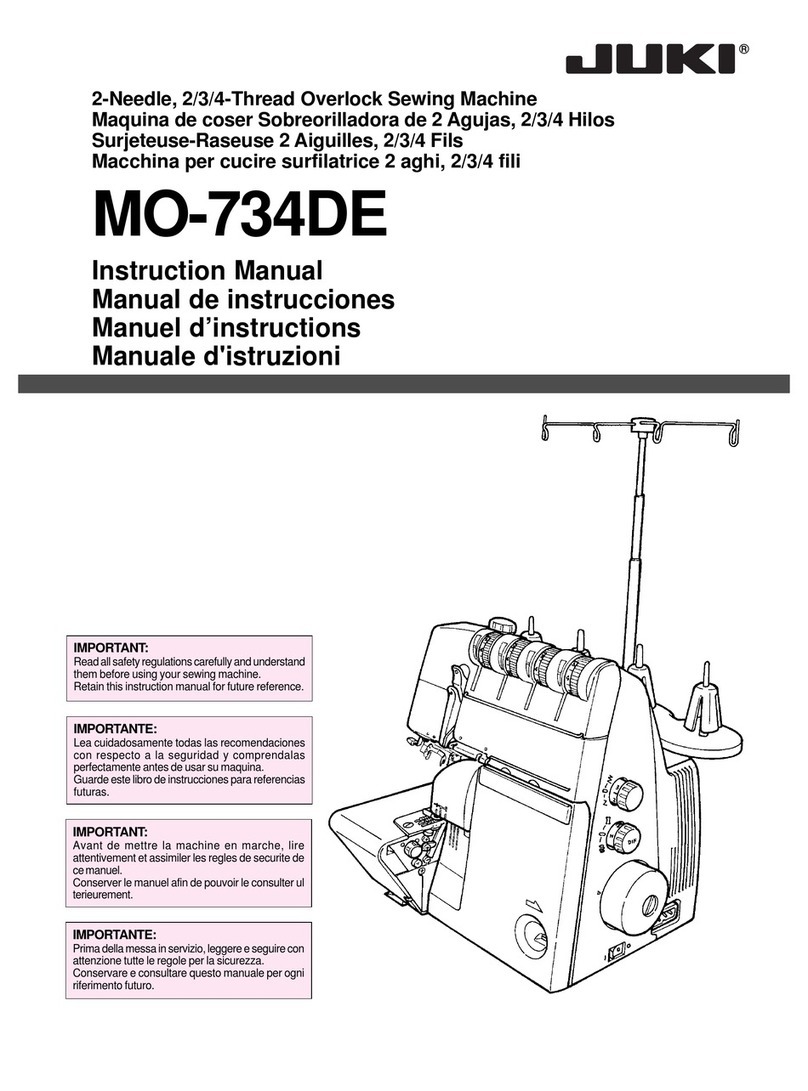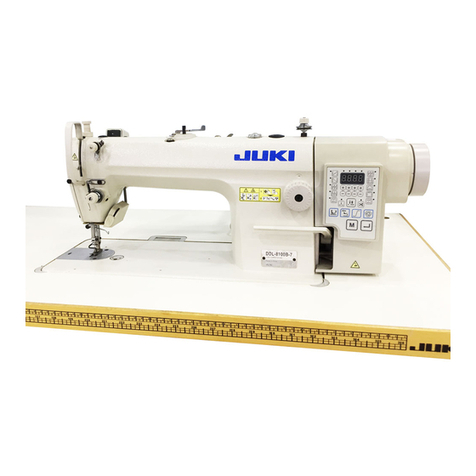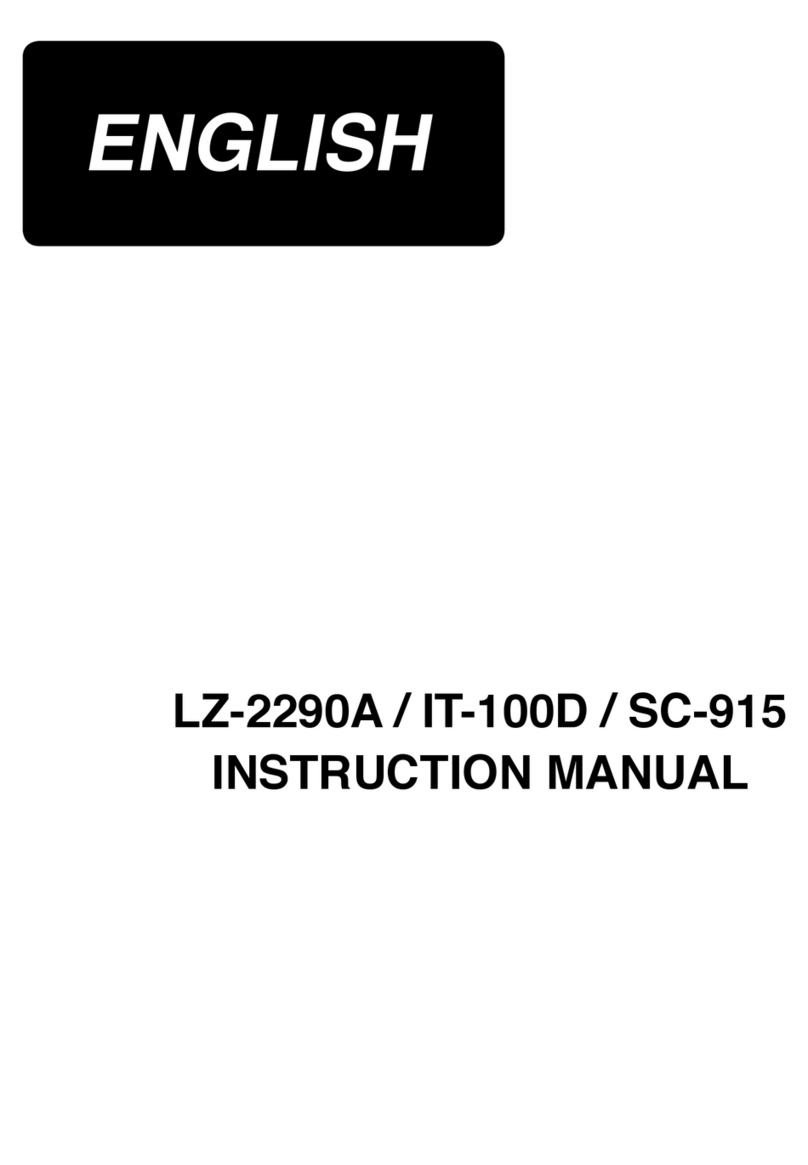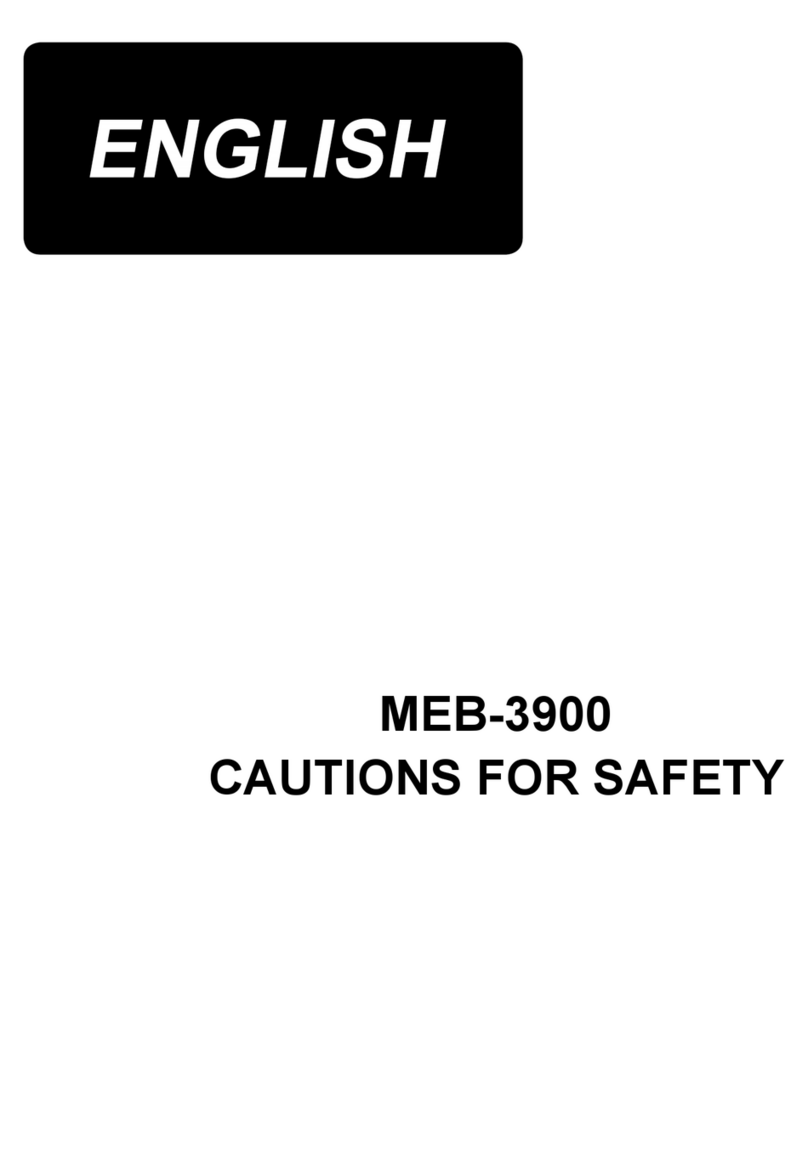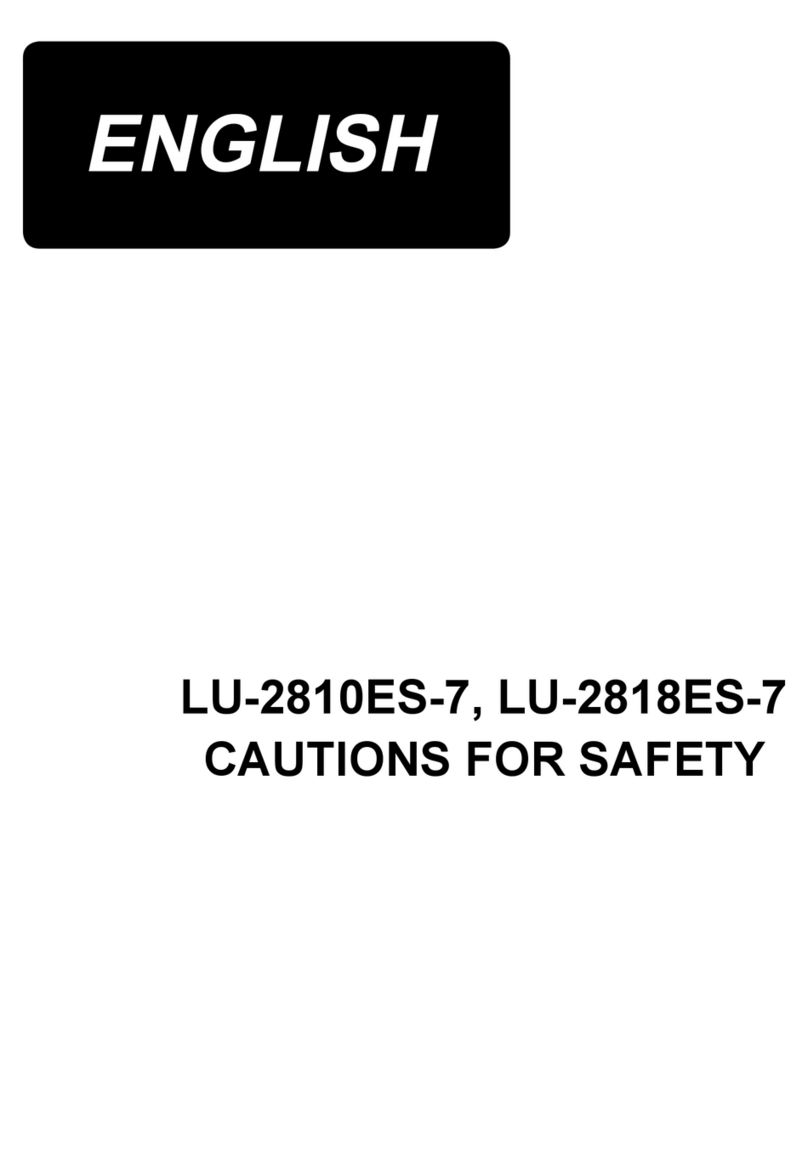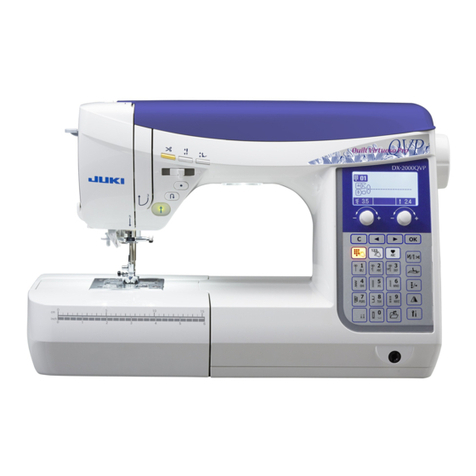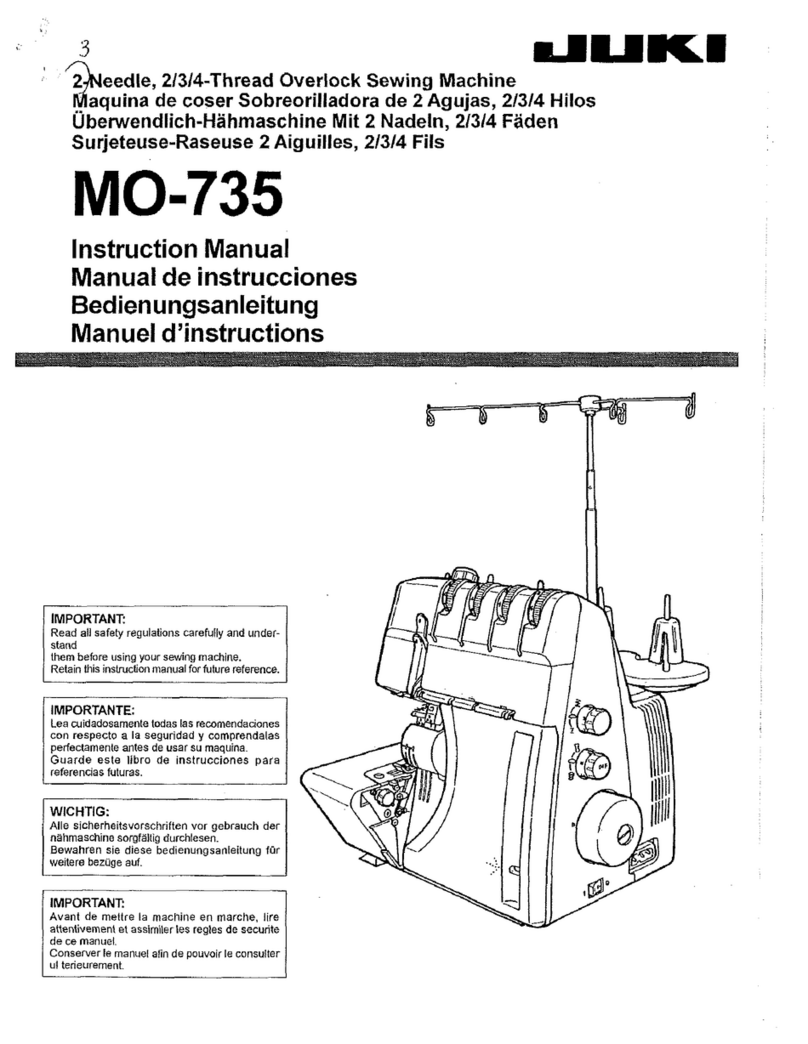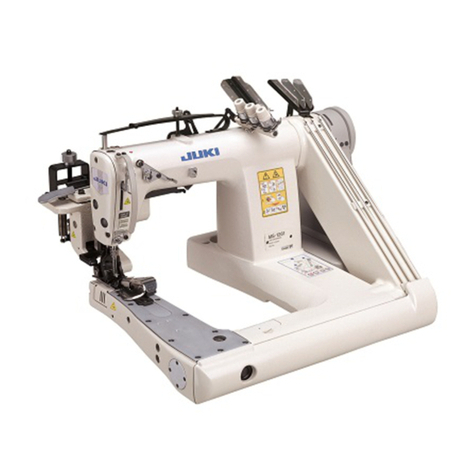1.GENERAL......................................................................................................................... 1
1-1. Features ................................................................................................................................................ 1
1-2. Configuration of the main parts ......................................................................................................... 2
1-3. Operating precautions ......................................................................................................................... 3
2. SPECIFICATIONS ........................................................................................................... 3
3. INSTALLTION ..................................................................................................................4
3-1. Installing the device ............................................................................................................................. 4
3-2. Installing the thread stand .................................................................................................................. 4
3-3. Connecting the power supply ............................................................................................................. 4
3-4. Installing the air hose .......................................................................................................................... 5
3-5. How to operate the air gun ..................................................................................................................5
3-6. Installing the cloth plate ...................................................................................................................... 6
3-7. Installing the machine head ................................................................................................................ 7
(1)Lubrioation .......................................................................................................................................... 7
4. OPERATION AND ADJUSTMENT .................................................................................. 8
4-1. Operating switches and adjusting pneumatic components ............................................................ 8
(1) Power switch ...................................................................................................................................... 8
(2) Pause switch ...................................................................................................................................... 8
(3) Knee switch ........................................................................................................................................ 9
(4) Hand switch ........................................................................................................................................ 9
(5) Workpiece detector switch .............................................................................................................. 10
(6) Preset adjusting knob ..................................................................................................................... 10
(7) Adjusting the air blower .................................................................................................................. 11
(8) Vacuum adjusting metal fittings ..................................................................................................... 13
(9) Sensor to detect the number of garment bodies stacked ............................................................ 13
4-2. Operation of the sewing machine.....................................................................................................14
(1) Inserting the needle ......................................................................................................................... 15
(2) Threading the needle-thread ........................................................................................................... 15
(3) Threading the bobbin case .............................................................................................................. 16
(4) Adjusting the bobbin thread tension ............................................................................................. 16
(5) Installation of bobbin case .............................................................................................................. 17
(6) Installing the knife............................................................................................................................ 17
(7) Remove and installing the bobbin case......................................................................................... 18
4-3. Adjusting the seam allowance ..........................................................................................................19
(1) Adjusting distance A ....................................................................................................................... 19
(2) Adjusting distance B ....................................................................................................................... 19
4-4. Adjusting the carriage lamp .............................................................................................................. 20
(1) Adjusting the position of the clamps .............................................................................................20
(2) Adjusting the clamping force ..........................................................................................................20
4-5. Adjusting the stacking board of the stacker ................................................................................... 21
5. Operation ...................................................................................................................... 22
CONTENTS
